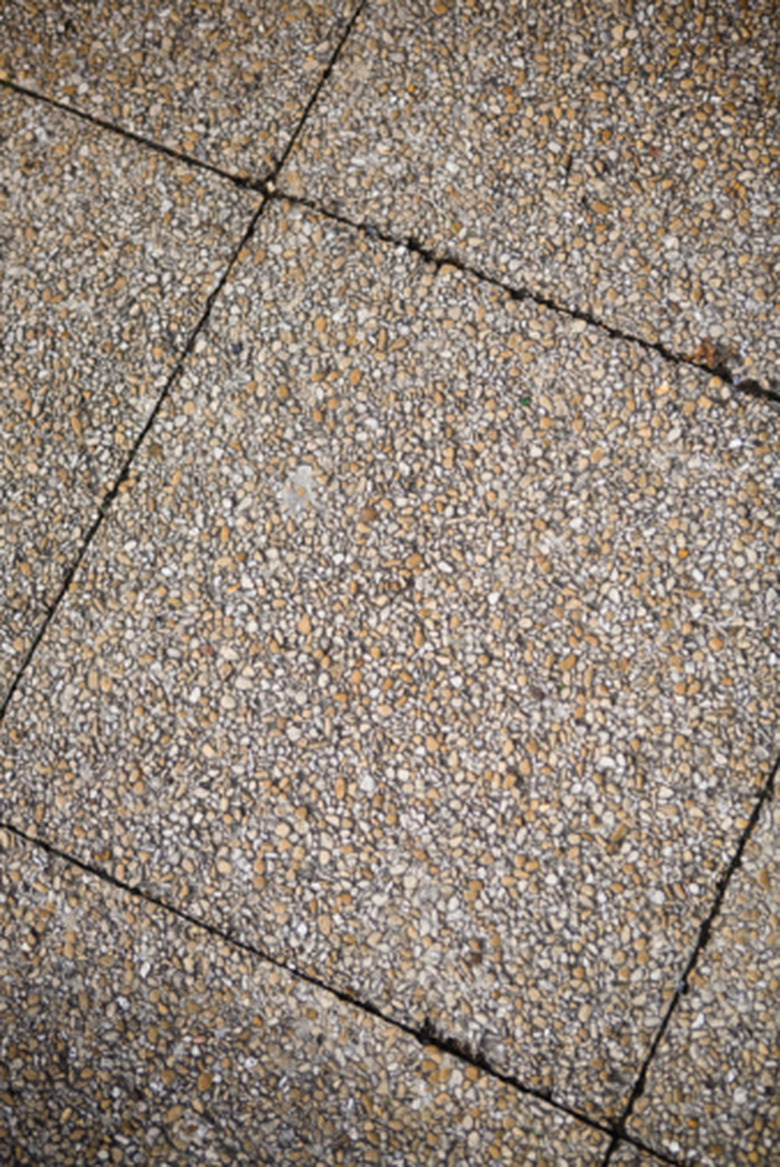How Many Bags Of Cement Are In A Cubic Yard?
While no one knows exactly how long cement has been around, historians are certain that the Romans have been using it in large-scale construction for millennia. Cement isn't a building material in and of itself; it's actually more of a binder or "glue" used to stick other materials together to create concrete. This is something to bear in mind when calculating how many bags of cement you'll need for a given volume.
Composition
Composition
"Portland cement" is the variety that we're most familiar with today. Manufacturers create this binder by heating limestone and clay to about 2,600 degrees Fahrenheit, freeing up molecules of carbon dioxide and creating calcium oxide (or quicklime). After mixing with other materials like gypsum, you have a cement that can act as mortar or grout in its pure form or can be made part of a composite substance known as concrete.
Concrete
Concrete
Concrete comes in at least as many different varieties as steel alloy or quiche, owing to the many different permutations derivable from its three primary dry ingredients and any number of additives. Concrete mixtures go by weight, not volume; the most common mix in use today uses one part Portland cement, 1/2 part water, two parts dry sand and one part crushed stone. The latter two are known as "aggregates," and form the primary structural component of concrete.
Mixing Concrete by the Pound
Mixing Concrete by the Pound
Premixed cement comes in different-sized bags, generally sized at either 60 or 80 pounds. You'll need to use the weight of one bag of cement to calibrate your "part" measurements. For instance, if you're using 80-pound bags of cement, one "part" equals 80 pounds. Thus, for a standard mix using 80-pound bags, you'll need 40 pounds of water (80 x 1/2 = 40), 160 pounds of dry sand (80 x 2 = 160) and 80 pounds of crushed stone aggregate.
Calculating from Volume
Calculating from Volume
This standard concrete mix (used for most premix applications) weighs about 133 pounds per cubic foot of concrete, so a cubic yard (which contains 27 cubic feet) will weigh in at about 3,600 pounds. With the given mix ratio, cured concrete is about 22 percent cement by weight. Thus, a 3,600-pound cubic yard contains about 800 pounds of cement, which comes out to 10 of the 80-pound bags of cement or 13.3 of the 60-pound bags. Pure cement, sand and crushed rock all have about the same density, so a block of pure cement measuring 1 cubic yard of volume (about 3,600 pounds) will contain 45 bags of cement.
References
- "The Mechanics of Materials"; Ferdinand Beer; 2005
- "The Mechanical Engineer's Handbook"; Myer Kutz; 1998
- SI Metric: Density of Materials
- Using Concrete: Free Concrete Calculator
